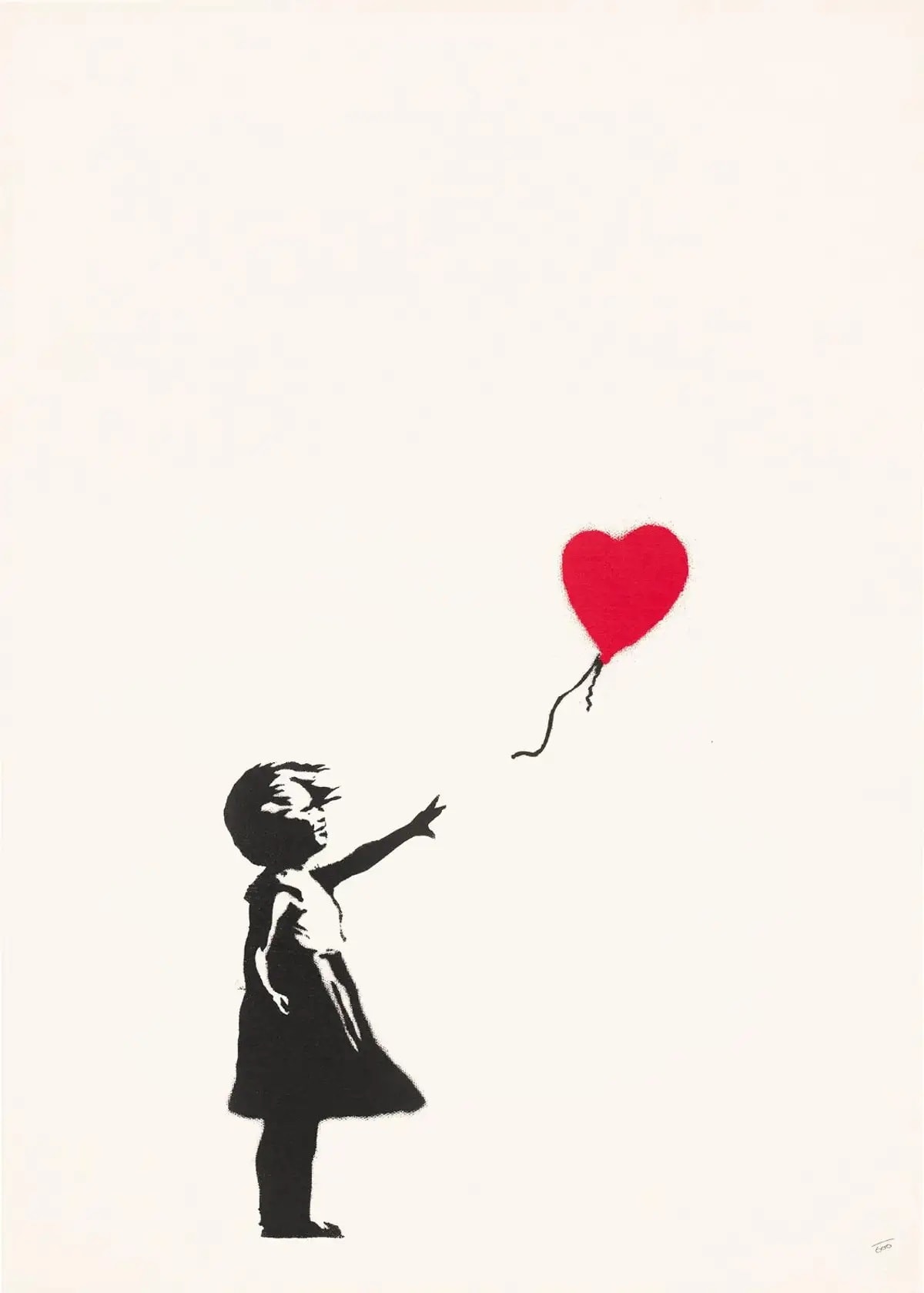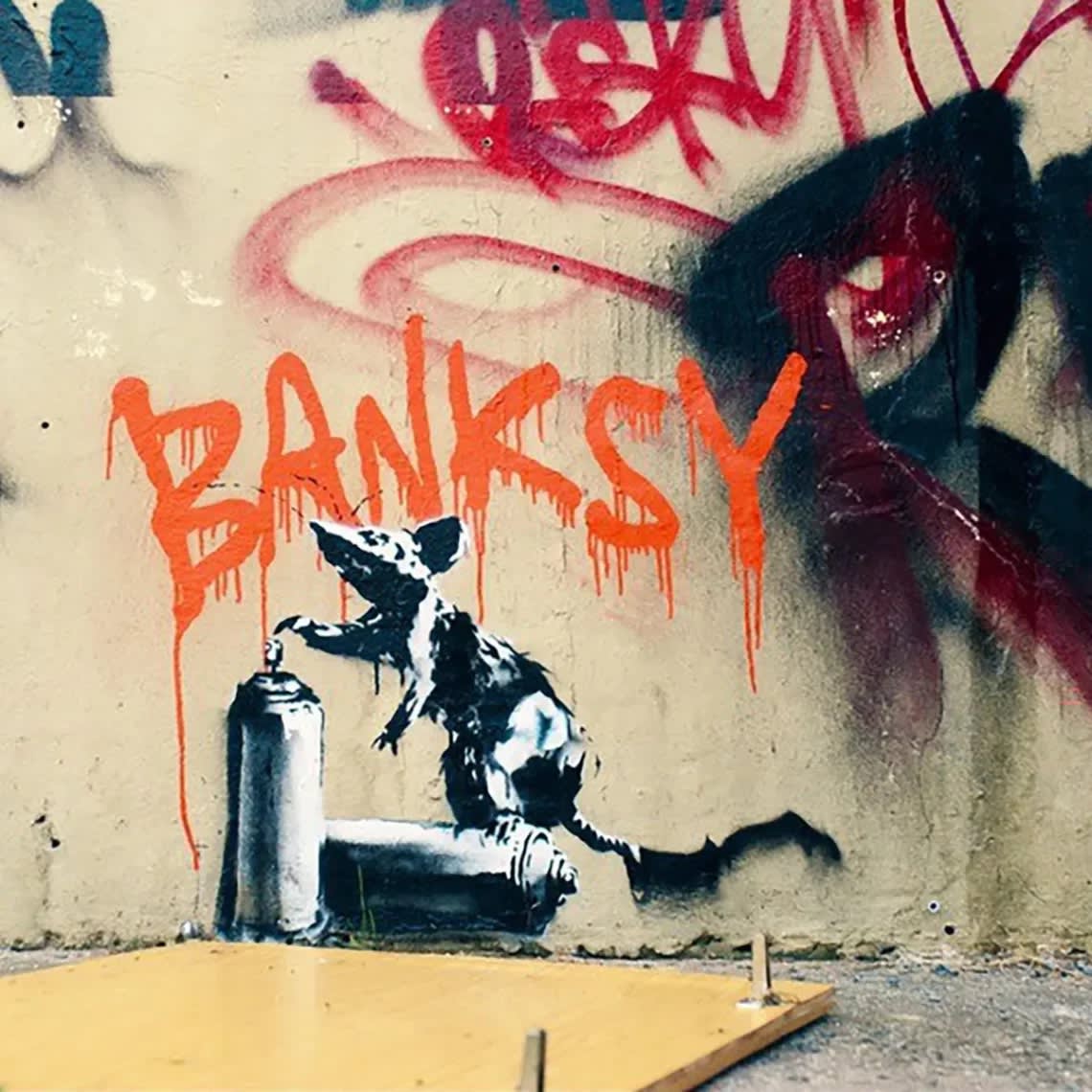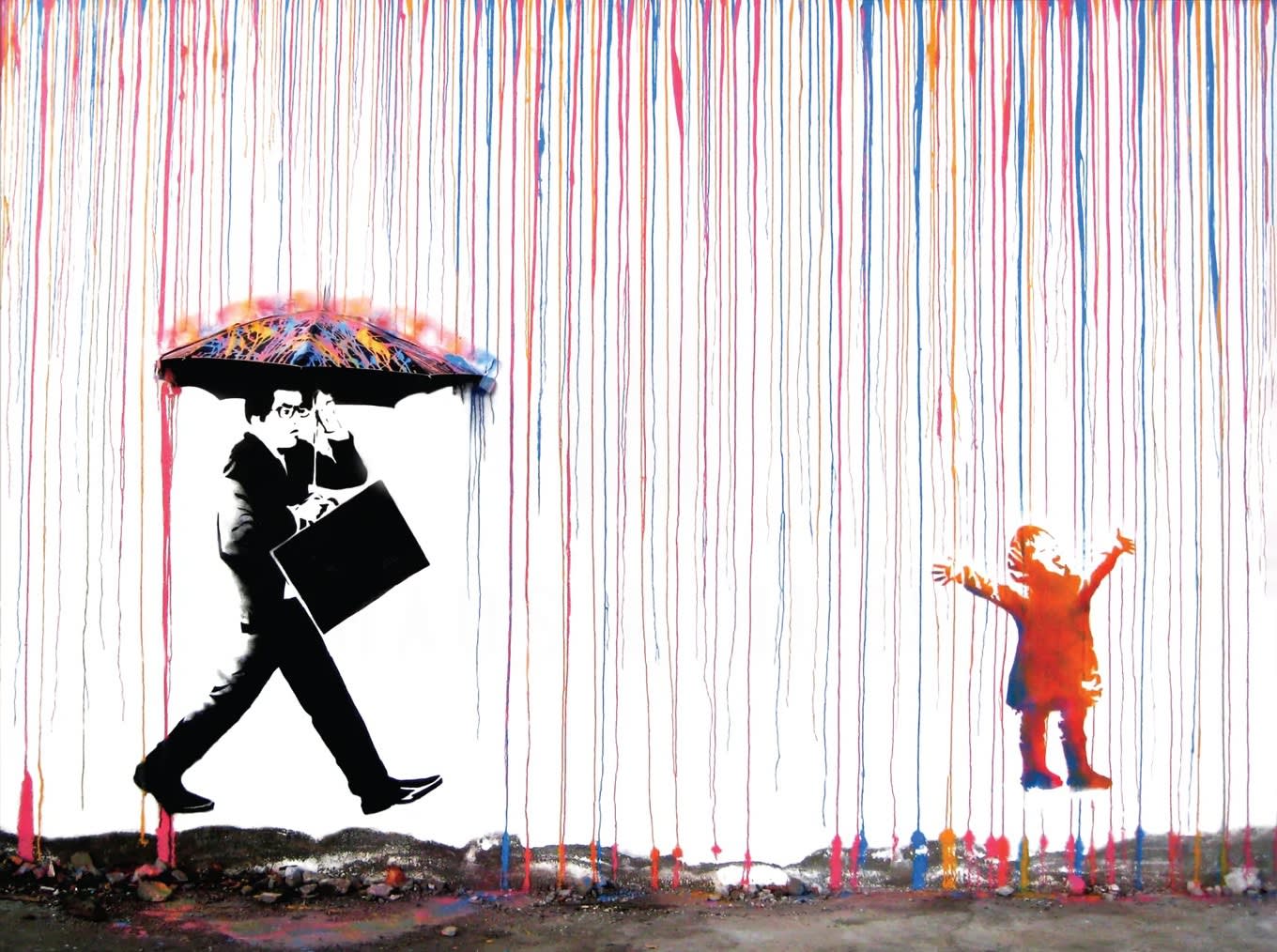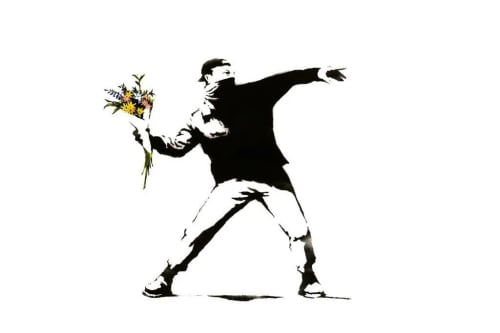Banksy, the pseudonymous street artist whose provocative and politically charged works have captivated audiences worldwide, operates within a complex web of revenue streams. From direct sales to private collectors to participation in the secondary market and the creation of street works, Banksy navigates the art world with a blend of mystery, subversion, and commercial savvy. Let’s look at the multifaceted ways Banksy generates income as an artist, shedding light on the mechanisms behind his financial success and the ethical considerations surrounding the commercialization of his art.

Banksy, is known for his thought-provoking and politically charged artworks, generates income through various channels. Primarily, he engages in direct sales to private collectors, offering his works either through his studio or through trusted intermediaries like Pictures on Walls (POW). As his popularity surged, POW took charge of production, distribution, and sales, with Banksy typically receiving a share of the proceeds, often around 50%. Additionally, collaborations with brands like Puma provided supplementary income. Even today, private collectors can approach Pest Control, Banksy's studio, to acquire artworks directly.
The secondary market also plays a significant role in Banksy's revenue stream. As his works gained value and popularity soared, they began appearing in secondary market galleries and auctions. Andipa, known as London’s Banksy gallery, was among the first to feature Banksy's works in the secondary market. When artworks are resold on the secondary market, a portion of the sale is typically returned to the artist through the Artist Resale Right.

Another aspect of Banksy's earnings stems from his street works, including murals and installations. While these pieces are created for public enjoyment, their increasing value and popularity have led some individuals to attempt their removal and sale. However, reputable entities like Andipa disapprove of such actions, believing street art should remain in its original location for public appreciation. Andipa does not endorse the sale of Banksy's street art, adhering to the belief that these works are meant for communal enjoyment and should not be commercialized.
Banksy's revenue streams encompass direct sales to collectors, participation in the secondary market, and the creation of street works. Despite the complexities and controversies surrounding the commercialization of his art, Banksy's influence and market demand continue to grow, reflecting the enduring impact of his artistic vision on the contemporary art world.

Banksy's artistic journey transcends conventional boundaries, blending social commentary with commercial enterprise to challenge traditional notions of artistry and consumerism. Through direct sales, participation in the secondary market, and the creation of street works, Banksy continues to navigate the complexities of commercialization and public perception. As his influence grows and his works sell for higher, Banksy's enigmatic persona and thought-provoking artworks serve as enduring reminders of the power of art to provoke, inspire, and challenge societal norms.
For more information to buy banksy signed prints, contact info@guyhepner.com or to sell banksy prints, feel free to reach out.

